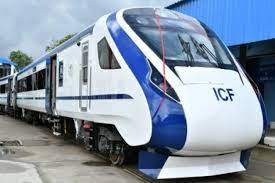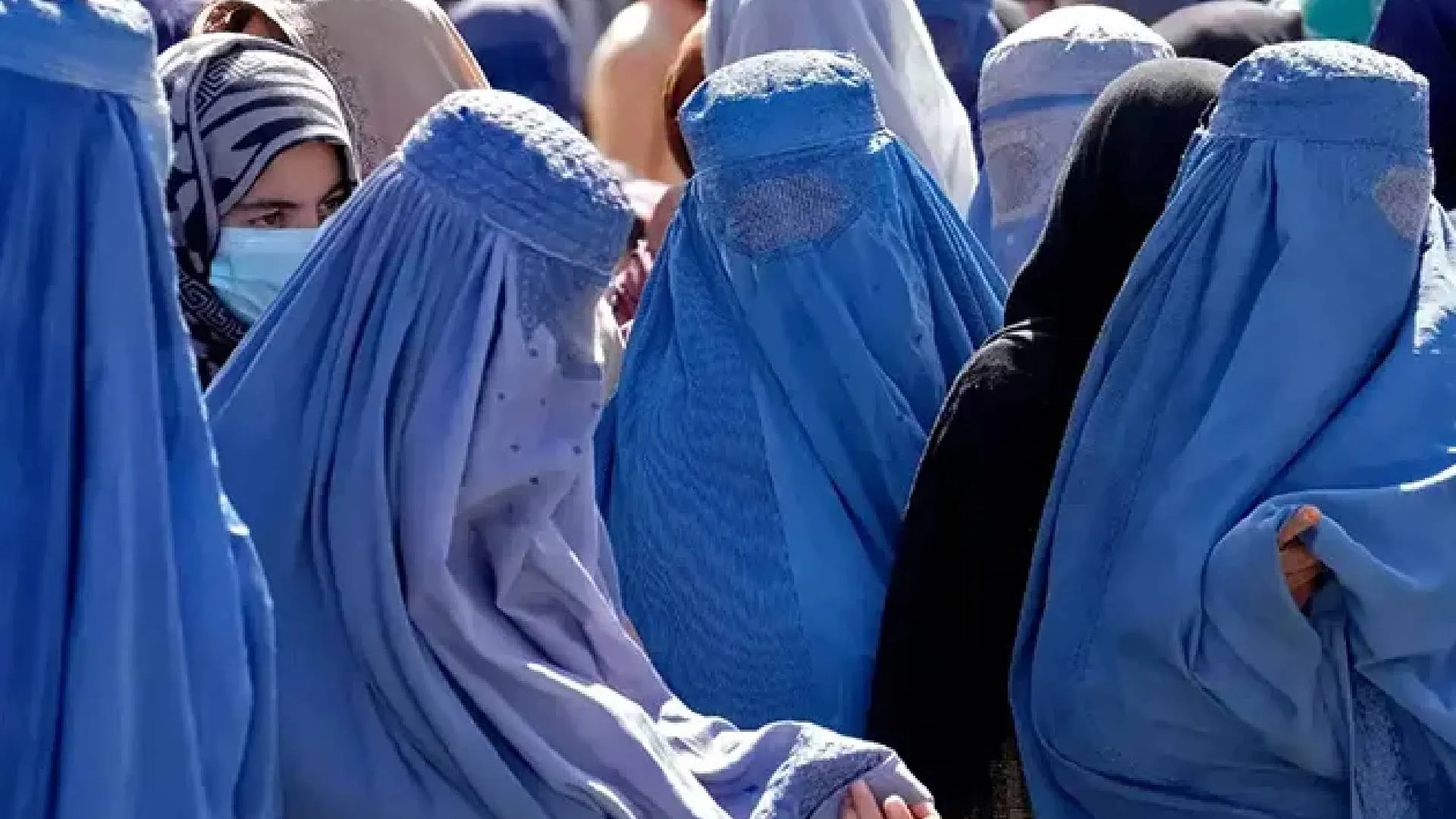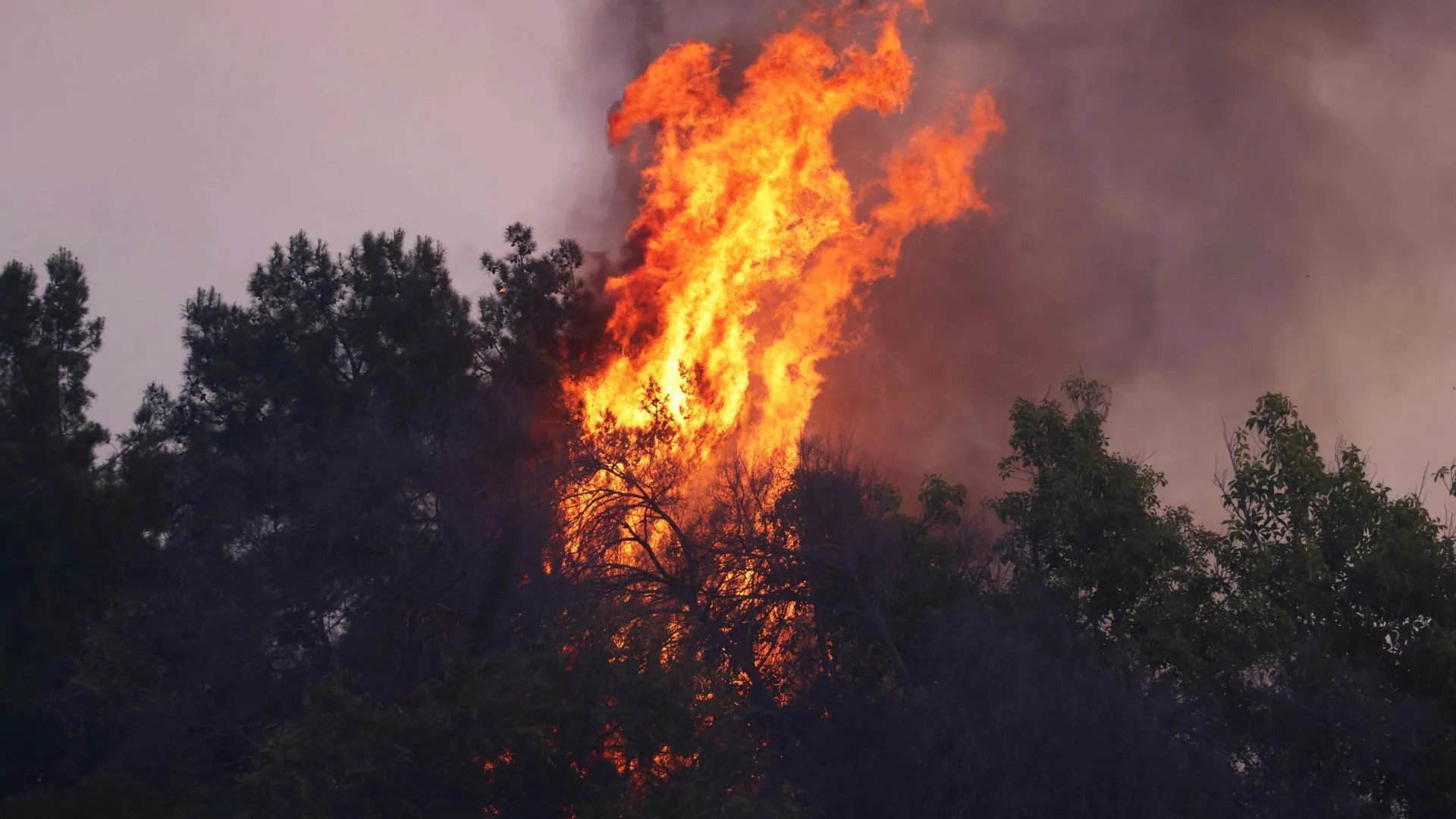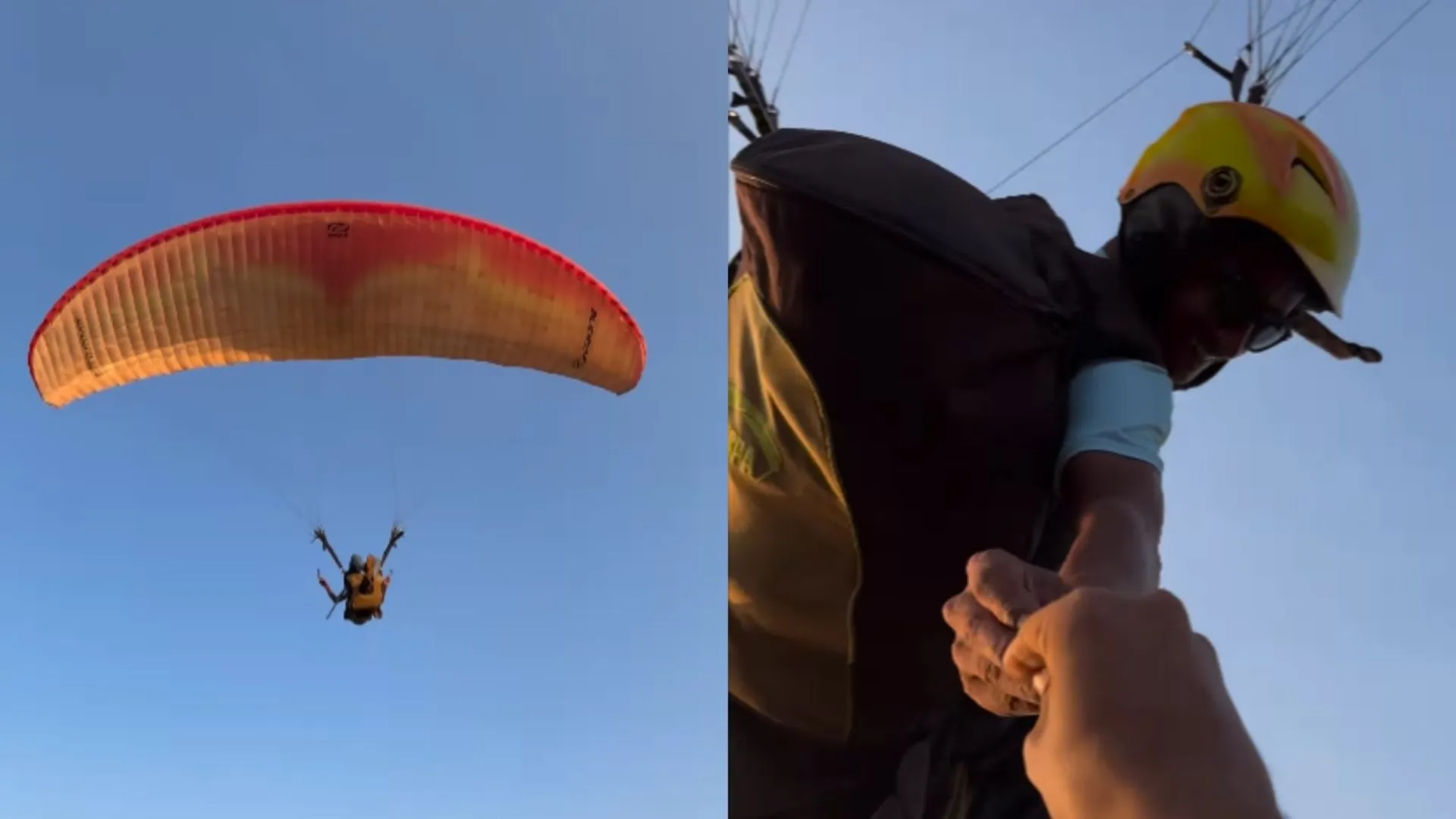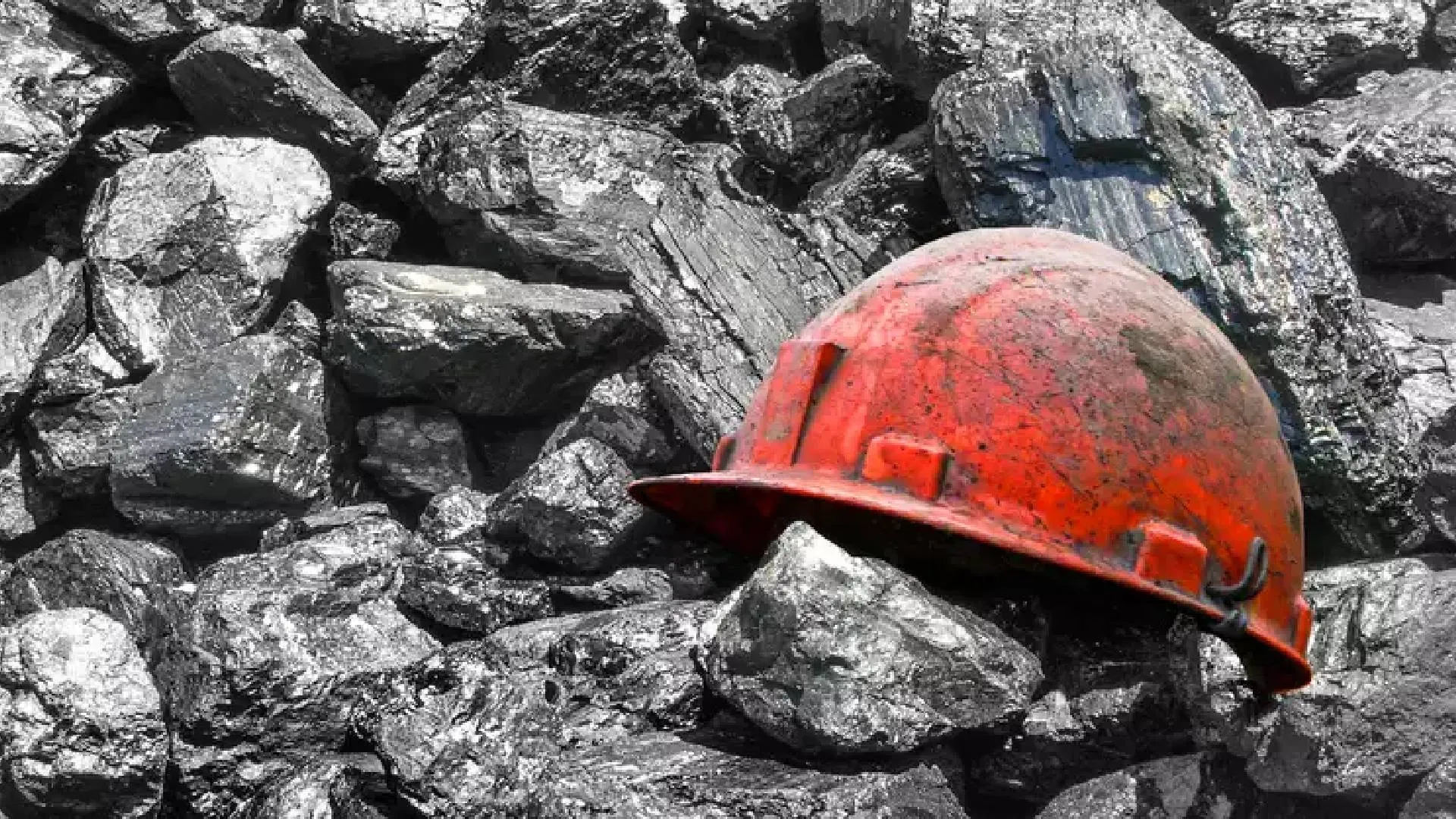One of the key reactions to the Balasore, Odisha train accident is whether we do need fancy trains like Vande Bharat when Indian Railways has been unable to ensure the safety of train travel. Vande Bharat train has been an eye-sore for those who amassed wealth, pelf, and power by propagating poverty, illiteracy, natural disasters, poor health facilities, lack of connectivity, unlivable residential areas, lack of drinking water, and outdated Indian Railway with crush loads in suburban trains to the foreign nation and poor technological advancement of India and thereby derive huge funds for propagating the same. However, this question seems reasonable for those who have not been initiated into how India has developed its rolling stock since independence. Once the development of rolling stock in Indian Railways is known, the hidden agenda of those who criticize the introduction of Vande Bharat trains will be exposed.
Before independence, many private railways operated in India, and the equipment, including locomotives, coaches, and wagons, was primarily imported from England. When Indian Railways was formed by merging various private railways after independence, India decided to manufacture its passenger coaches by setting up the first Integral Coach Factory (ICF) in Chennai in 1955 with the technology provided by Swiss Car and Elevator Manufacturing Co. As ICF manufactured passenger train coaches with Swiss technology and improvisation, they became ICF Technology coaches, or simply ICF coaches. On the same lines, many production units of IR, such as Chittaranjan Locomotive Works, came into existence to supply rolling stock for IR.
However, ICF coaches remained killer coaches, especially when trains met accidents as the coaches jumped into one another, were thrown away, and were crushed due to poor coupling between coaches and for other reasons. To overcome this key weakness of ICF coaches, German technology, Linke Hofmann Busch (LHB), was introduced in 2000 during Vajpayee’s regime. In the beginning, LHB coaches were allotted to premium trains such as Shatabdi and Rajdhani. Despite having a better coupling mechanism and less damage, and hence fewer casualties and severe injuries during derailments and accidents of KHB coaches, the manufacturing of ICF coaches went unabated until Suresh Prabhu, the then Railway Minister, in 2017 ordered the stoppage of the manufacturing of ICF coaches. Since 2017, the IR has been replacing ICF coaches with LHB coaches. Even in derailments at relatively higher speeds, LHB coaches don’t jump into one another or get thrown out, and as a result, casualties and severe injuries are lower in comparison with ICF coaches.
Although trains formed with LHB coaches are better than trains formed with ICF technology coaches, both of them are essentially locomotive-hauled coaches, which are outdated for various reasons such as speed, stability, safety, and comfort. The countries that are advanced in rail transport moved towards trainsets a few decades ago. The trainsets don’t have a locomotive separately, but the propulsion system of the locomotive is fitted under the bogies all across the coaches. Unlike loco-haul trains, where the coaches are passive and being pulled by the locomotive, which gives more jerks and less stability, the propulsion systems of trainsets are distributed all across the train. So, the acceleration and deceleration of train sets are much superior to the acceleration and deceleration of loco-hauled trains. When the loco-hauled trains are accelerated or the brakes are applied with full force, there is a higher possibility of derailment compared to trainsets. Moreover, train sets also provide gangways that will allow people to traverse through the coaches with enormous ease, like they move from one room to another in a house.
The train set for non-suburban train travel has been a long dream for Indian Railways. The ICF Chennai, under the stewardship of Sudhanshu Mani, developed the first train set, christened Train 18, synchronising with the development year 2018—that too in eighteen months. The government rechristened it Vande Bharat and introduced it on February 15, 2019 between Delhi and Varanasi. Since then, there have been about 20 VB trains introduced in IR. Although VB trains are capable of running at 180 kmph (which was tested for this speed on trial runs on Indian Railway tracks), for various practical reasons, the maximum speed is restricted to 130 kmph. One such practical reason is that when the trains are operated at a speed of 180 kmph, the train pilot should be provided with in-cab signalling, as it is not possible for the train pilot to closely monitor the spatial signalling that is placed on the side of the track and remember it.
A 16-coach VB train is manufactured at about INR 125 crore in 2023 prices, whereas to import the train set with the same technical specifications and configuration, it would be at least INR 250 crore. India manufactured and improved the design of ICF and LHB coaches after getting technology from Switzerland and Germany, respectively. But, with the experience of manufacturing railway coaches indigenously as well as EMU and MEMU, Indian Railway engineers developed a long-distance train indigenously, and the production of these trains is in full swing. The design and manufacturing of the sleeper version of VB trains are also in the pipeline, so IR is aiming to introduce at least 200 VB sleeper trains on long-distance origin-destination pairs by 2030.
Rail safety is multidimensional and associated with the quality and maintenance of permanent ways, including bridges and culverts; rolling stock, including locomotives, coaches, and wagons; overhead electrification; electronic interlocking systems; level crossings; flash floods; and fire. Following the standard operating procedures all the time by the IR staff with no exception and keeping a vigil on miscreants tampering with rail equipment that spreads across the IR network is also critical.
Rail safety may also be viewed at three different stages. The first stage is preventing accidents altogether, not only major ones but also minor ones. The second stage is to minimize the damage to the train, casualties, and serious injuries. The third stage is to carry out rescue operations at lightning speed, thereby reducing casualties and providing speedy medical treatment for those injured. Restoring the operation very quickly restores faith in the railway system. The VB trains contribute significantly to the first stage by accelerating and decelerating faster, thereby bringing more stability to the train while running. It also contributes significantly to reducing casualties and severe injuries if met with an accident compared to locomotive-hauled trains.
VB trains are not the showpiece of Indian Railways. They are designed and rolled out for faster, more convenient, and safer travel. Indian Railways has come of age with the introduction of VB trains and will move towards trainsets faster than many envisage. Those who criticize and condemn the introduction of VB trains as a flashy, unwanted, anti-poor, and populist move seem to have a hidden agenda.
The author is a railway expert.

